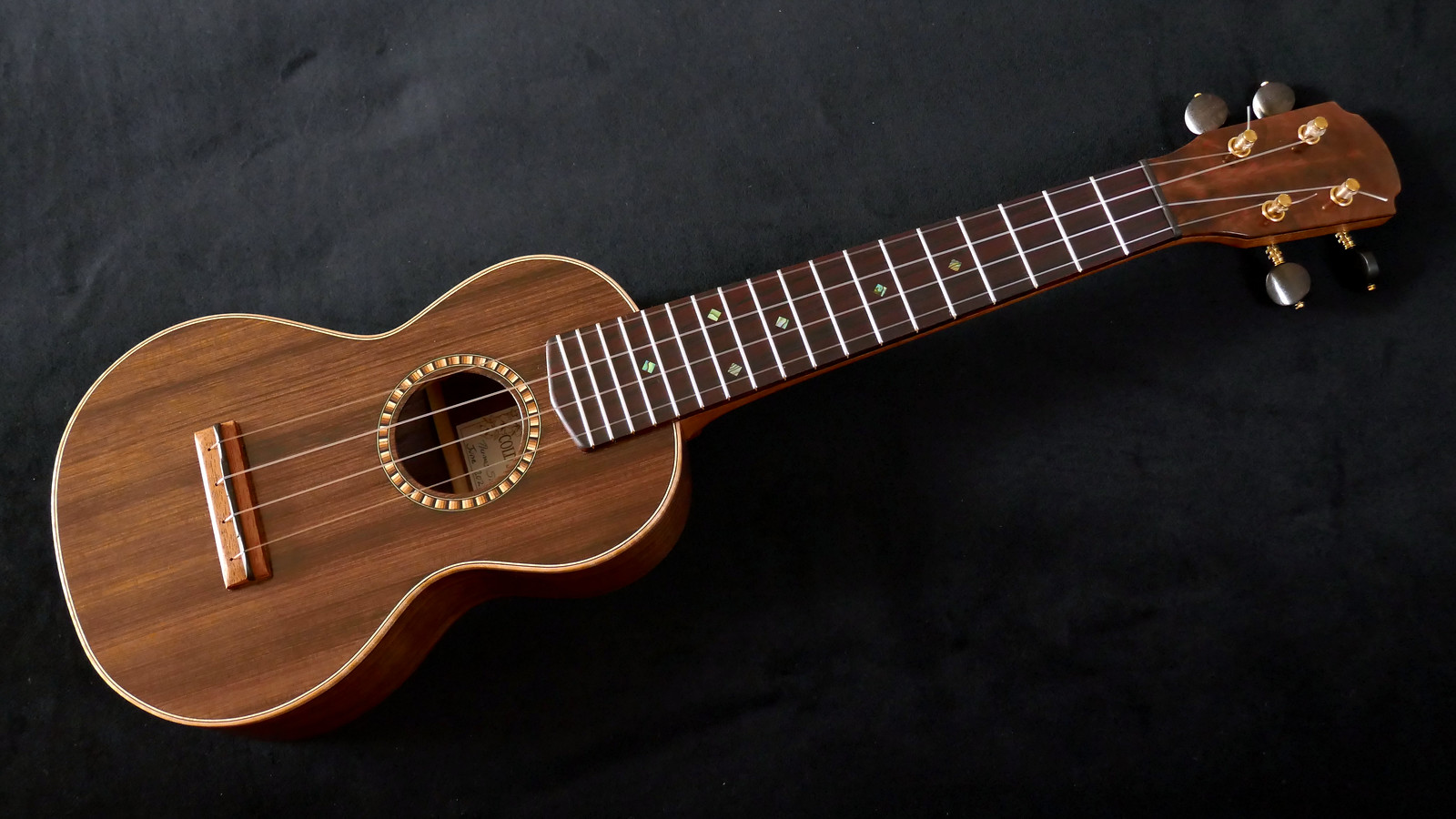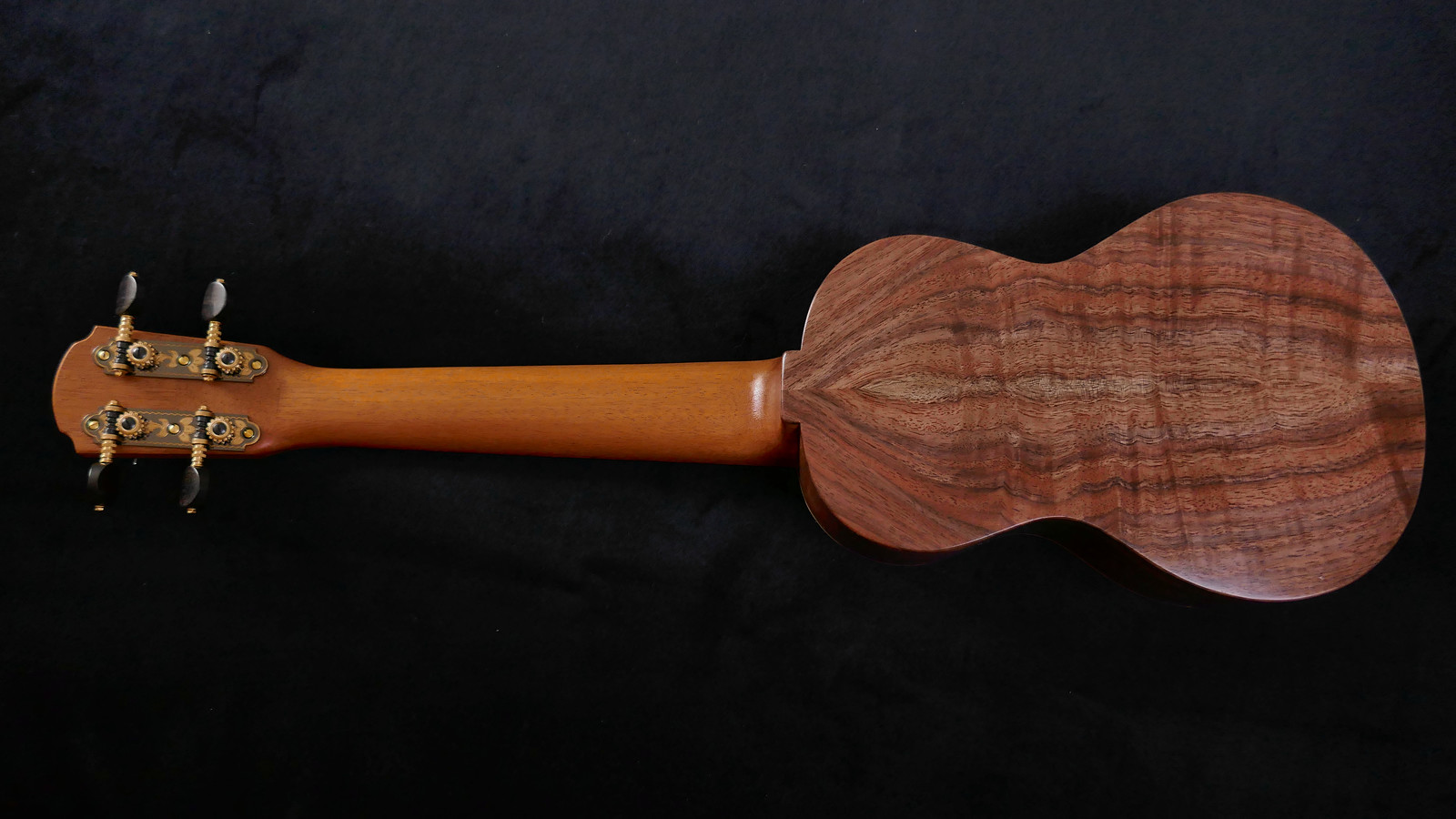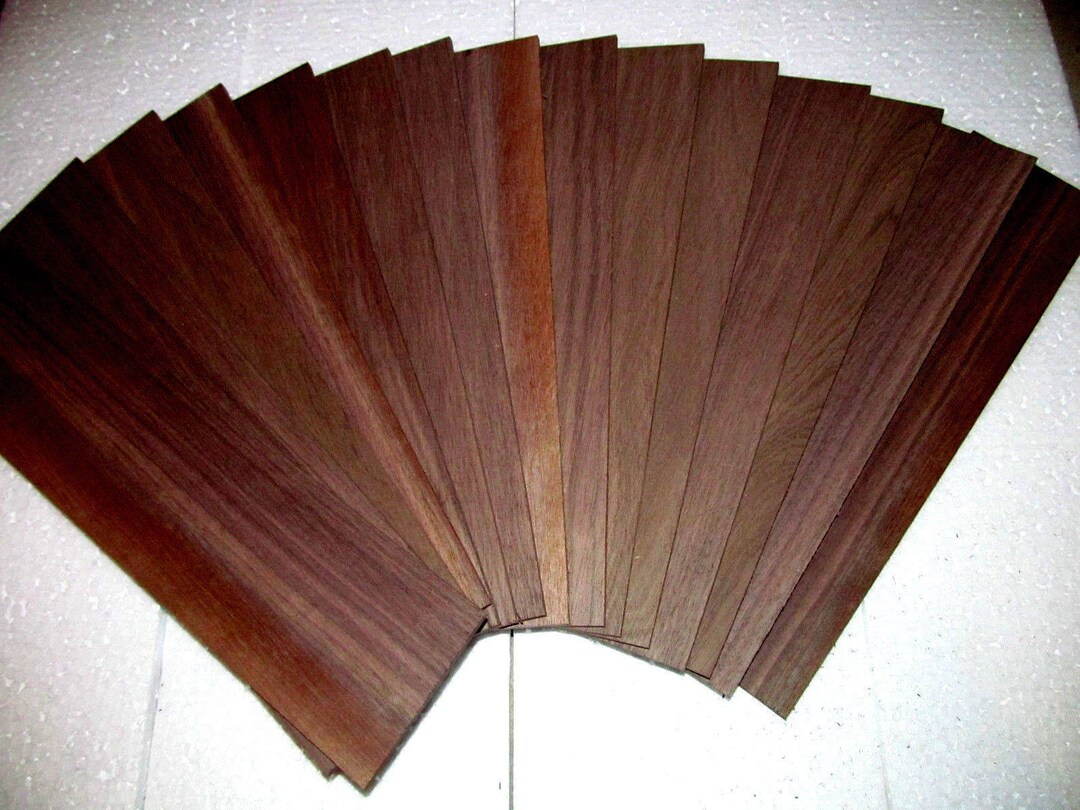Folks- I don't have a shed. I have a basement but it's jammed with stored possessions which leaves just enough floor space for a gas-powered pressure washer, home made drill press, a few hand tools, and a metal sawhorse with a lever-activated clamp. I covet and admire both your shops and your craftsmanship. I'm a tinkerer and a "plunker".
For several weeks I've cast about for a way to correct the slight concavity in my DIY soprano's soundboard. I'm not certain whether the slight dip has developed in the 7 months since I first tightened the strings to GCEA re-entry or if it came this way out of the box. Though I choose to believe the latter, either way it annoys me and can't possibly be good for volume or intonation. The fix I've arrived at is pictured here. I'll call it the "Blackwell Uke Pier Jack".
What I've done is begun with a base that's intended to be rigid enough to prevent the pier jack from immediately causing a stress crack in the back of the sound body, and not so long that I won't be able to finagle it into the 1.9375-inch-diameter sound hole to install. The base is a repurposed, 4-inch section of a rule that was a customer gift given by a community bank that failed in 2010. How's that for carbon footprint? My additional thought process for the base what that it needed to have enough width so that it won't topple when pushed from the sound hole toward and under the north edge of my uke's 0.125-inch-thick veneer bridge block.
Next is a repurposed and otherwise obsolete plastic 35-mm film canister. I've kept a pile of these on hand but have seldom used them for anything other than to keep track of my banjo picks. With my pocketknife, I cut enough off the canister's top opening to leave a north-south slope of approximately 10 degrees, then used a handheld one-hole punch to make 3 holes in the side that will face the sound hole, not so much expecting to gain any boost in volume by doing so but to prevent the loss thereof.
Last is a used up semi-rigid plastic gift card that was a 2021 Christmas gift from one of my employer's vendors. I chose the card because my little brain surmised that the material that will make direct contact with the bridge block at the 10-degree angle should be thin yet rigid but should also produce the least possible friction while being pushed from the sound hole south to its final destination under the front edge of the bridge block.
Next, I super-glued the film canister cap (top) to the direct center of the wooden ruler's base, bottom-seal up, then affixed the canister itself to the slightly-trimmed gift card in the same manner. I surmised that it's physically vital for the gadget to start in two separate pieces, for the dual purpose of enabling me to finagle it into the sound body in the first place, but also to enable relative ease of removal if the pier jack prototype proves useless or (worst case) cracks the soundboard. Meanwhile, because the 'click seal' between the now-angled canister and its cap remains as tight as before it was angled, I'm confident that the canister can easily stand up to the relatively light pressure it's intended to support.
PLEASE, please reply with opinions, advice, strong cautions, outright but good natured heckles and predictions. A virtual wager pool comes to mind but that's a discussion for another day. . .
Cheers!
Clark [Oldscruggsfan]
Canton, GA USA
 LN_Soprano_Uke_01 by Thomas Snape, on Flickr
LN_Soprano_Uke_01 by Thomas Snape, on Flickr LN_Soprano_Uke_02 by Thomas Snape, on Flickr
LN_Soprano_Uke_02 by Thomas Snape, on Flickr LN_Soprano_Uke_03 by Thomas Snape, on Flickr
LN_Soprano_Uke_03 by Thomas Snape, on Flickr
 LN_Soprano_Uke_01 by Thomas Snape, on Flickr
LN_Soprano_Uke_01 by Thomas Snape, on Flickr LN_Soprano_Uke_02 by Thomas Snape, on Flickr
LN_Soprano_Uke_02 by Thomas Snape, on Flickr LN_Soprano_Uke_03 by Thomas Snape, on Flickr
LN_Soprano_Uke_03 by Thomas Snape, on Flickr
















